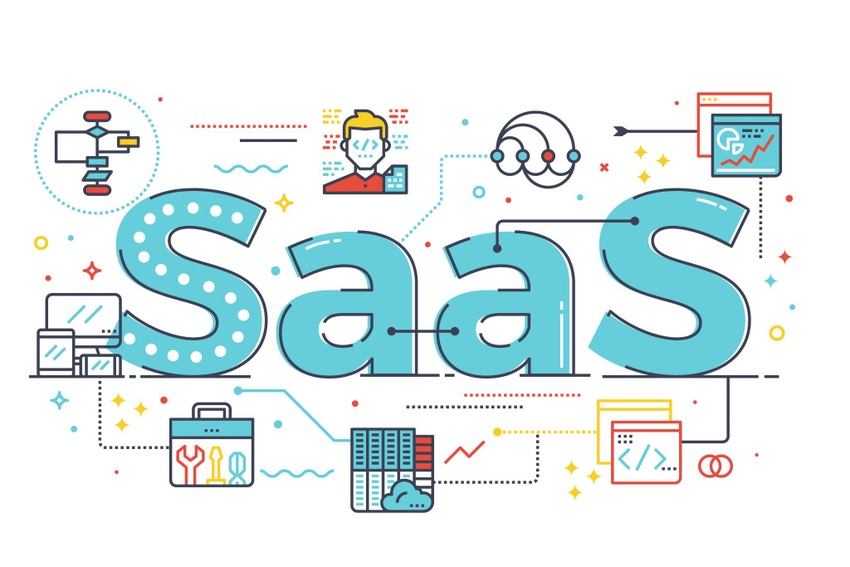HPE's new OneSphere follows on the tail of existing products such as OneView, SimpliVity and Synergy.
November 28, 2017

**Editor’s Note: Click here for our recently compiled list of new products and services.**
HPE DISCOVER — Hewlett Packard Enterprise (HPE) on Tuesday introduced OneSphere, a SaaS-based, multi-cloud management solution. The announcement was made at HPE Discover in Madrid.

HPE’s Ric Lewis
Citing IDC figures that estimate more than two-thirds (68 percent) of customers will operate in a multi-cloud environment in two years – and 451 Group predictions that of those customers deploying multiple clouds, 59 percent will rely on hybrid IT interoperability – HPE says that the new OneSphere offers businesses a unified experience across public clouds, private clouds and software-defined infrastructure.
“We set out a few years ago to develop a multi-cloud management platform and what we did is we looked at where [we] started from and how we could build on what we’ve been doing to simplify on-prem, to simplify off-prem and multi-cloud environments,” said Ric Lewis, senior vice president and general manager with HPE’s software-defined and cloud business. The end result is OneSphere.
With that, Lewis pointed to existing HPE products, such as OneView, SimpliVity, and Synergy. OneView manages on-premises infrastructure and has been shipping for several years. It transforms existing infrastructure into software-defined infrastructure via an API, and creates workload flexibility. SimpliVity is the vendor’s hyperconverged offerings, allowing customers to deliver a VM farm, or cluster, that’s simple and has enterprise data services. (HPE acquired SimpliVity earlier this year.) And, last December, HPE delivered the Synergy platform of composable infrastructure. It composes all workloads and workflows, i.e. VMs, bare metal, or containers.
“But all of that was really focused on-prem and the next logical step is, well, if you could simplify on-prem infrastructure at that level and do composable things, can you do that with public cloud infrastructure? So, that was the next step that we decided to take — develop a unique platform that takes all of those unique innovations and allows us to simplify multi-cloud environments,” Lewis explained.
HPE touts OneSphere as an accelerator for digital transformation, saying it’s ideal for businesses that want to capitalize on digital transformation and enable a broad range of new customer experiences. Some key benefits of OneView include:
Improved speed and flexibility to build clouds and deploy virtual machines, containers and bare metal, enabling rapid dynamic provisioning across public cloud and on-premises environments.
Accelerated application delivery. With multi-tenant workspaces called Projects, HPE streamlines and speeds application development and deployment with environments where developers can self-service provision and access catalogs containing templates, cloud-native tools, services and applications.
Improved cost efficiency by offering a single view of usage and the ability to aggregate costs across all public cloud and on-premises deployments. OneView shows costs by cloud, site, line of business, application or subscriber, and enables real-time self-service cost reporting to designated users.
Product features include:
Multi-cloud architecture, supporting …
… varying combinations of public clouds, and on-premises environments.
Unified experience across clouds, sites, orchestration tools, platform-as-a-service (PaaS) and containers.
Built-in, role-based collaboration Project workspaces designed for developers, data scientists and researchers.
Software-defined and API-driven virtual resource pool.
Subscription consumption model.
Initial public-cloud support includes AWS, followed by Azure and Google public clouds, Bryan Jacquot, HPE worldwide user experience architect, said.
“In addition to that, we have a strong ecosystem with the Cloud28 coalition, which includes over 600 partners, worldwide, that we’ll be working with to expand this capability,” he said.
On-premises support covers a broad range of platforms including VMware and Kubernetes, followed by OpenStack, Azure Stack and others.
“This environment is meant to be very open to meet the needs of the business and help them where they are,” Jacquot stated.
Lewis said that there is a partner opportunity with OneSphere.
“A lot of our partners are addressing midmarket opportunities and OneSphere fits well there. … SimpliVity is very popular in the midmarket — and you can transform that environment from a VM farm to a true private cloud that’s linked to the public cloud. That’s the sweet spot of opportunity — it’s in the midmarket.”
He added that there’s also an opportunity for partners in services and consulting.
OneSphere availability is scheduled for January.
Read more about:
AgentsAbout the Author(s)
You May Also Like


